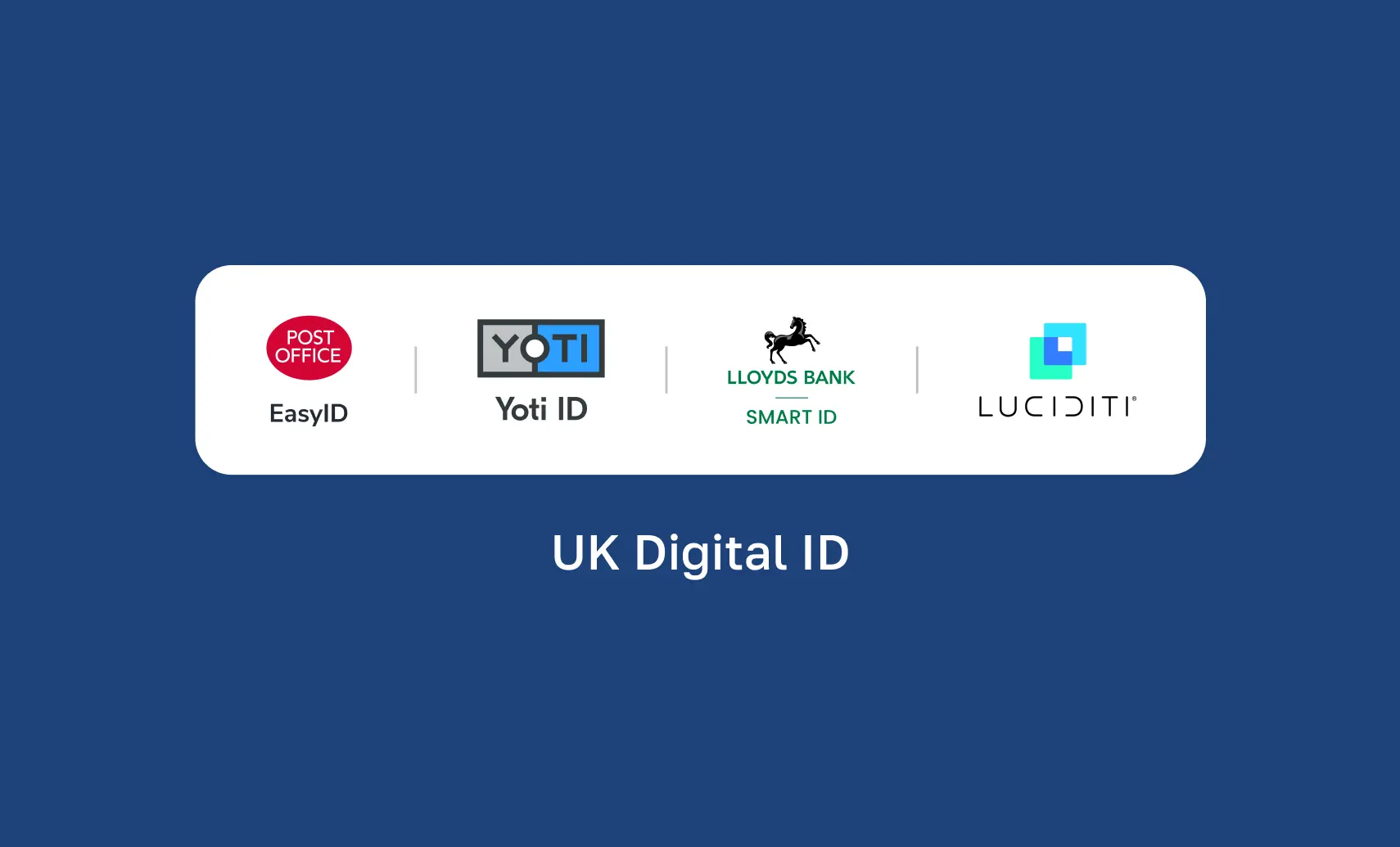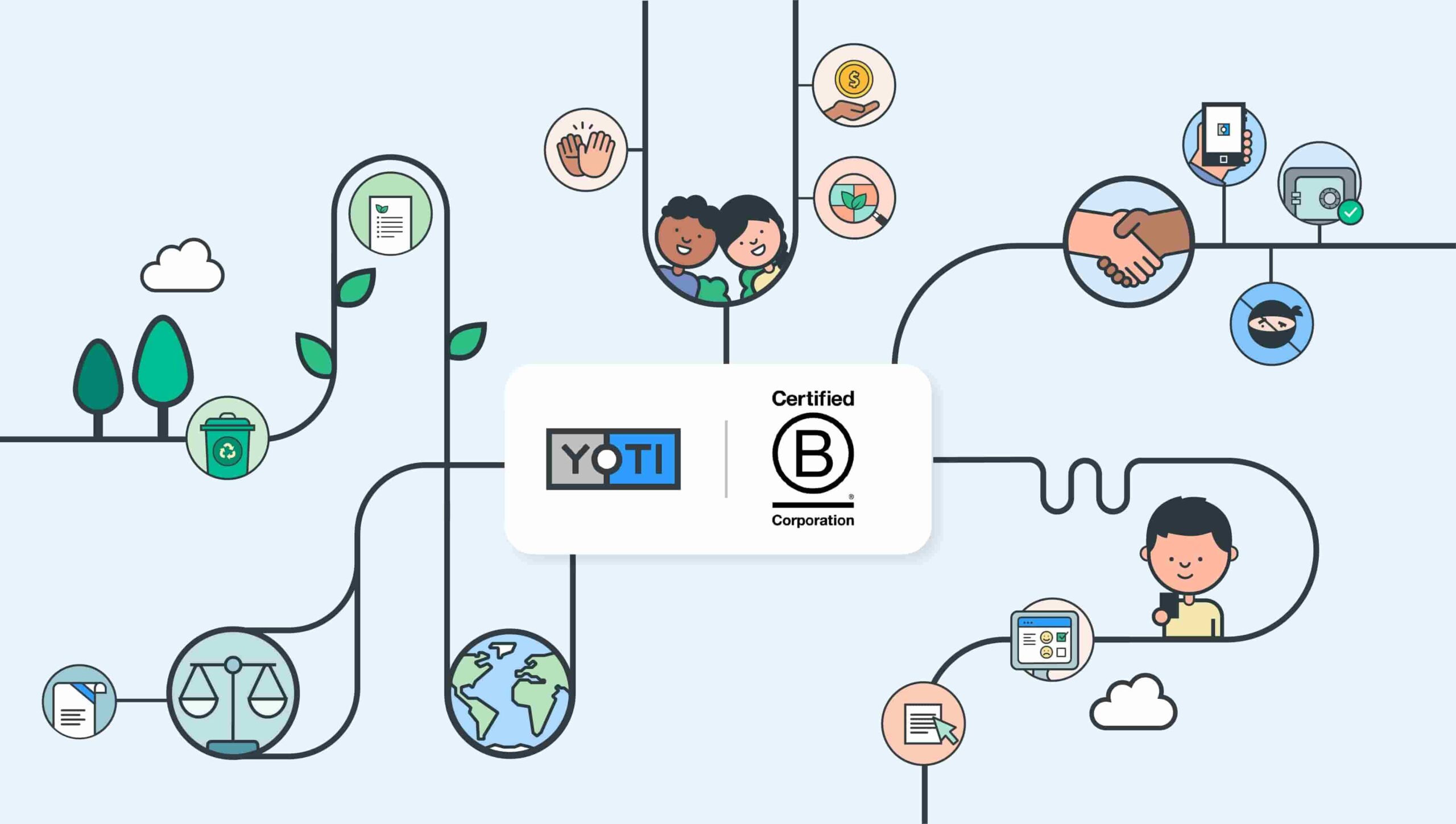Yoti blog
Stories and insights from the world of digital identity
German regulator KJM cuts facial age estimation buffer for 18+ content checks from 5 to 3 years
The German regulator, KJM, has reduced the buffer for facial age estimation for the highest level of age assurance from 5 to 3 years. This means, instead of users needing to be estimated as over 23, users must now be estimated as over 21. Originally approved by KJM in November 2021 for 16+ (erotic) content, in May 2022 KJM approved the use for facial age estimation for the highest level of assurance, covering 18+ adult content, with a buffer of 5 years. Now, KJM have reduced the buffer required by platforms from 5 to 3 years. This follows an
Royal Voluntary Service partners with Yoti to verify volunteers and create trusted communities
The Royal Voluntary Service (RVS) has launched GoVo, a free-to-use digital volunteering platform, which aims to revolutionise the recruitment of volunteers to opportunities from UK charities by bringing volunteering opportunities from charities across the UK into one easy place. It is designed to make it easier than ever to get involved in volunteering and give back. We’ve partnered with RVS to help them create trusted communities within the GoVo platform. Many volunteering opportunities can involve working with the vulnerable, the young, the elderly, or otherwise in-need communities. A vital aspect of this is safeguarding both volunteers and those beneficiaries
BAT and the Channel Islands Coop roll out Yoti facial age estimation in stores to combat underage access
BAT and Channel Islands Coop have partnered to launch Yoti facial age estimation technology in stores across Jersey. The initiative aims to combat underage access across all age-gated product categories Forms part of BAT’s large-scale facial age estimation technology deployment in more than 600 stores across Europe Early results from BAT pilot in Europe show a 99% accuracy rate. 99.3% of 13 to 17 year olds will be correctly estimated as under the age of 21* London, UK – 16th October 2025 – British American Tobacco (BAT) has announced it has partnered with The Channel Islands Co-operative Society
The rising challenge of detecting deepfakes
Artificial intelligence (AI) has come a long way in just a few years. What started as a tool for automating routine tasks and processing data more efficiently has now become integrated into nearly every industry. It seems as though it’s everywhere we look right now. One of the most controversial, and perhaps concerning, developments in AI is the rise of deepfakes. In simple terms, deepfakes are incredibly realistic synthetic media, such audio, video or images, generated by AI. These digital forgeries have become so convincing that telling real from fake is becoming a serious challenge. We look into how
Luciditi join Yoti, Post Office and Lloyds Bank to grow the UK’s network of interoperable digital ID wallets
British reusable digital identity providers, Yoti and Luciditi, today announce that they are working together to further grow the UK network of interoperable digital ID wallets available to businesses needing to verify customers’ ages, both online and in person. This 7 million strong UK network now includes Yoti, Post Office EasyID, Lloyds Bank Smart ID, and Luciditi meeting the demand for secure, efficient and trusted digital ID wallets for the UK market. All four Digital ID wallets are certified to the UK Government’s Digital Identity and Attributes Trust Framework. Individuals create and manage their reusable Digital ID on their
Thoughts from our CEO
In this blog series, our CEO Robin Tombs will be sharing his experience, whilst focusing on major themes, news and issues in the world of identity verification and age assurance. This month, Robin talks about Yoti’s performance in Australia’s Age Assurance Technology Trial, New York’s SAFE for Kids Act and public perceptions of the Online Safety Act. Yoti’s facial age estimation technology achieves independent validation and success Yoti has waited a long time to see independent, high-profile and well-funded technology trials of our facial age estimation technology. We’re delighted to read the results which have just been published in
Browse by category
Essential reading
Get up to speed on what kind of company we are












